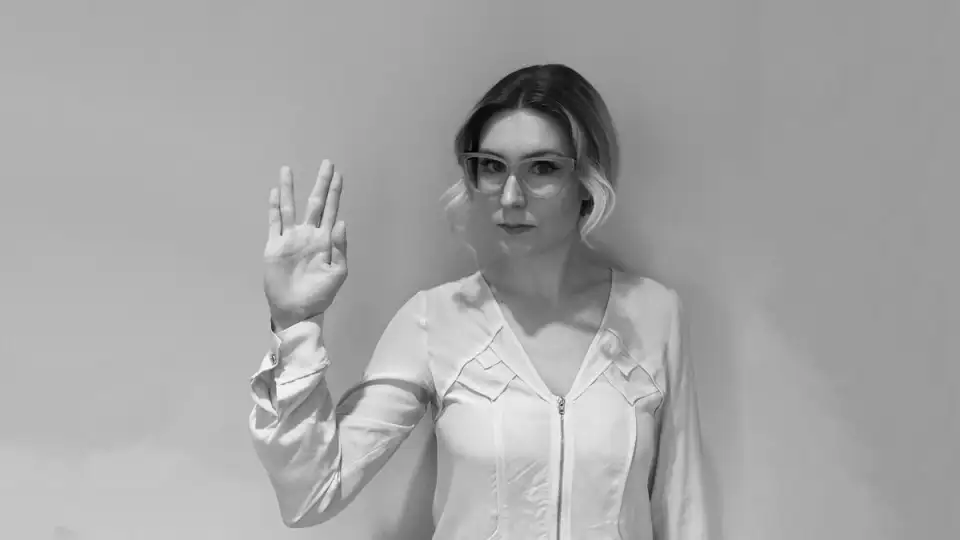
[Editor’s Note: A highlight of PHIUS’ 14th North American Passive House Conference was the “PH Divas” panel session, featuring pecha kucha-style presentations by seven trailblazers in Passive House architecture. We’re excited to be publishing each presentation in article form on the PH Accelerator. Today’s installment comes from Tessa Smith, co-founder of the Artisans Group and Pacific Northwest Passive House trailblazer.]
I’m really honored to be up here with this team of powerhouses. I’m Tessa Smith, CEO and principal of the Artisans Group, a women-led, majority woman owned architecture and planning company. I’m going to give you a brief snapshot of the past, present and future for the Artisans Group. We’re located in the Pacific Northwest. We are small but mighty, with about 10 employees, a diverse team and diverse portfolio

This (below) is my business partner Randy Foster and me. Randy’s my co-principal of ten years, and we’ve both been involved in Passive House since the relative beginning. I did the first CPHC training in Seattle with folks like Dan Whitmore, and was the youngest CPHC in the country for a bit. At that time, I became a 50% owner in our firm in the worst economic downturn that we’ve seen since the Great Depression.

This (below) is our first Passive House. The North House was the second completed Passive House in the state of Washington, I believe. Not surprisingly it looks relatively new, its longevity is apparent. We were so small at the time that Randy and I helped physically build this house at times. For example, Randy and I did all the foam in the foundation ourselves. The subs were freaked out.
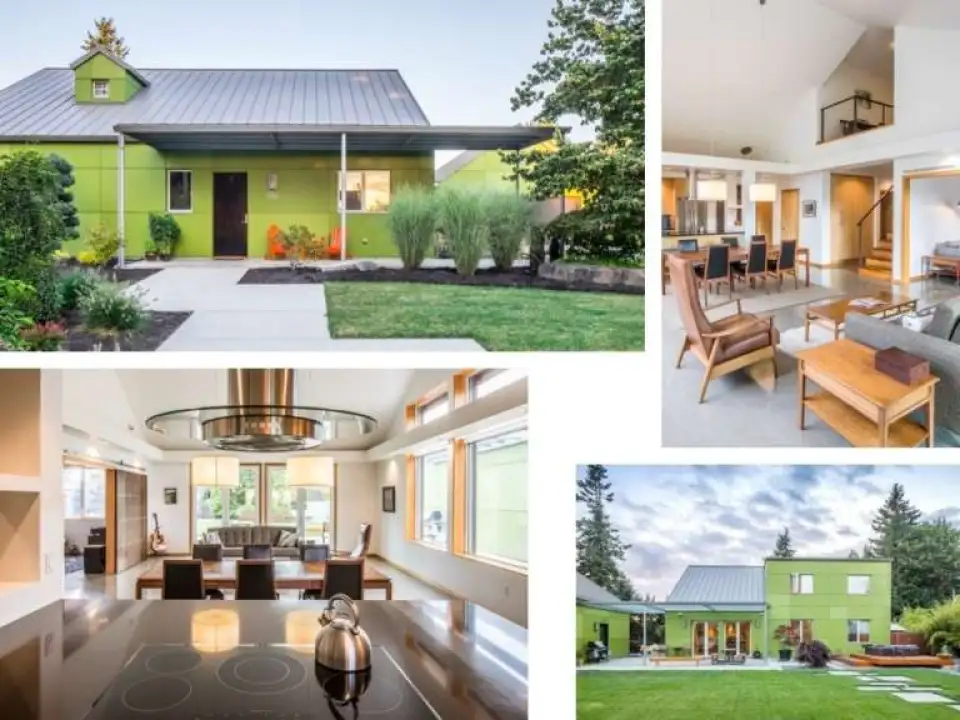
This is our third Passive House. It’s a PHIUS-certified home on remote Shaw Island in the San Juan Islands. In addition to the prefabricated walls, which we did ourselves, we also prefabricated a central core that had bathrooms and a kitchen and the mechanicals. This was our first project to win some PHIUS awards.
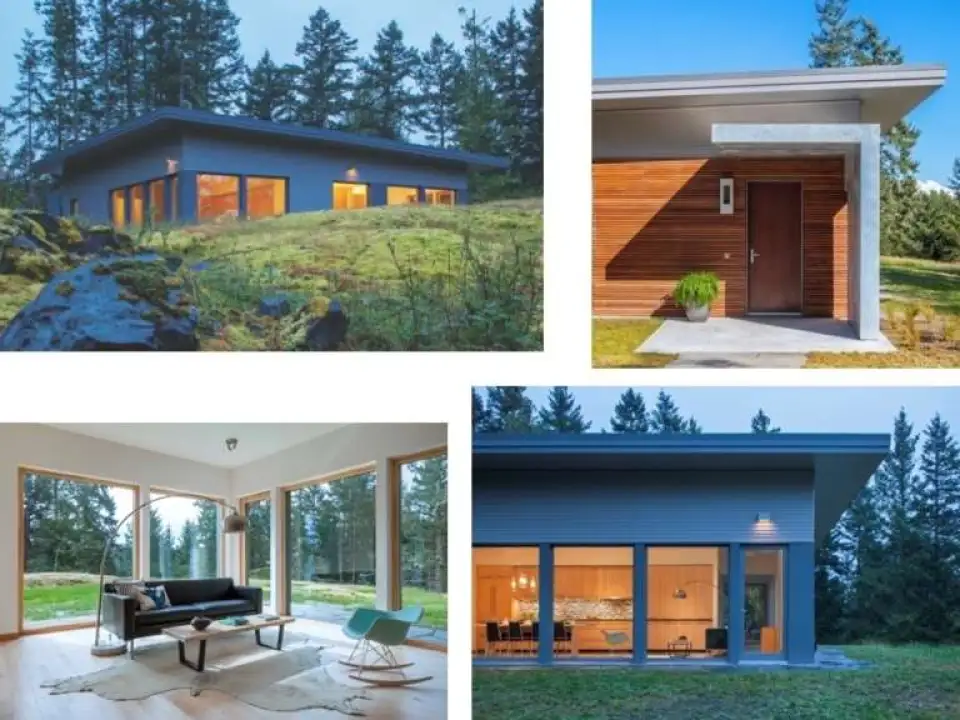
Vogel House is somewhere around our 10th Passive House, PHI-certified. A functioning farm, it had a modest budget and by this time we were on our 5th or 6th evolution of wall assemblies, foundation details, and air tightness detailing. These were the youngest folks that I’d ever worked for, which was a learning experience. To work with non-Baby Boomers is pretty fun.
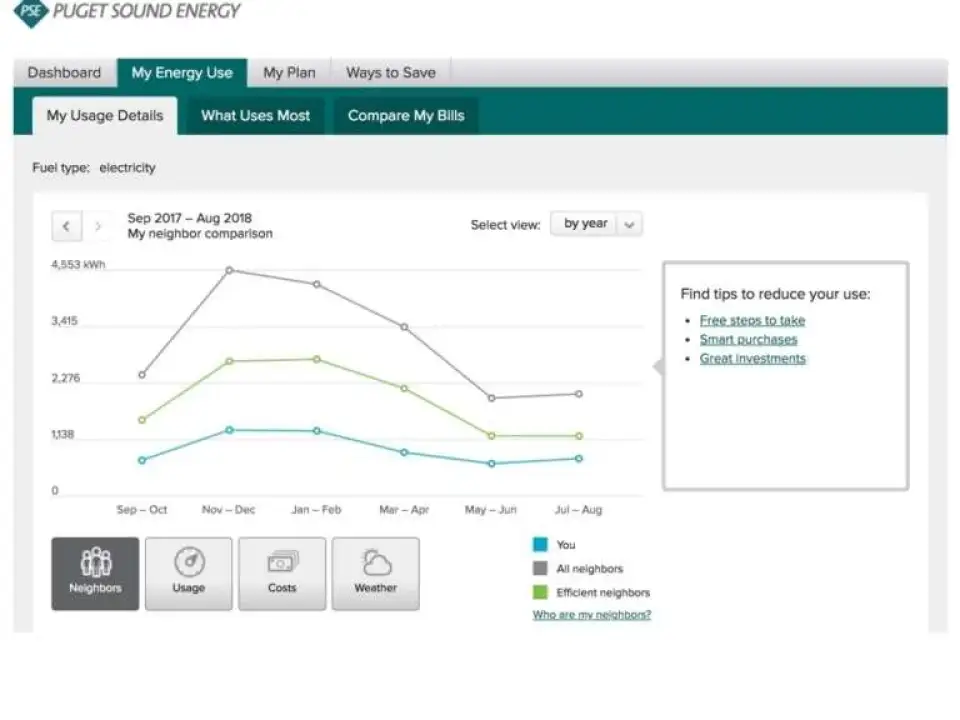
Fun aside, they sent me this graphic after they’d lived in the home for five years. The gray line is all the neighbors, the green line are the efficient neighbors, and the blue line is their house. I think these kinds of graphics are really powerful to reward people’s decision to build a Passive House. I don’t think they’re what we market with, but I think they’re what we support people’s choices with.
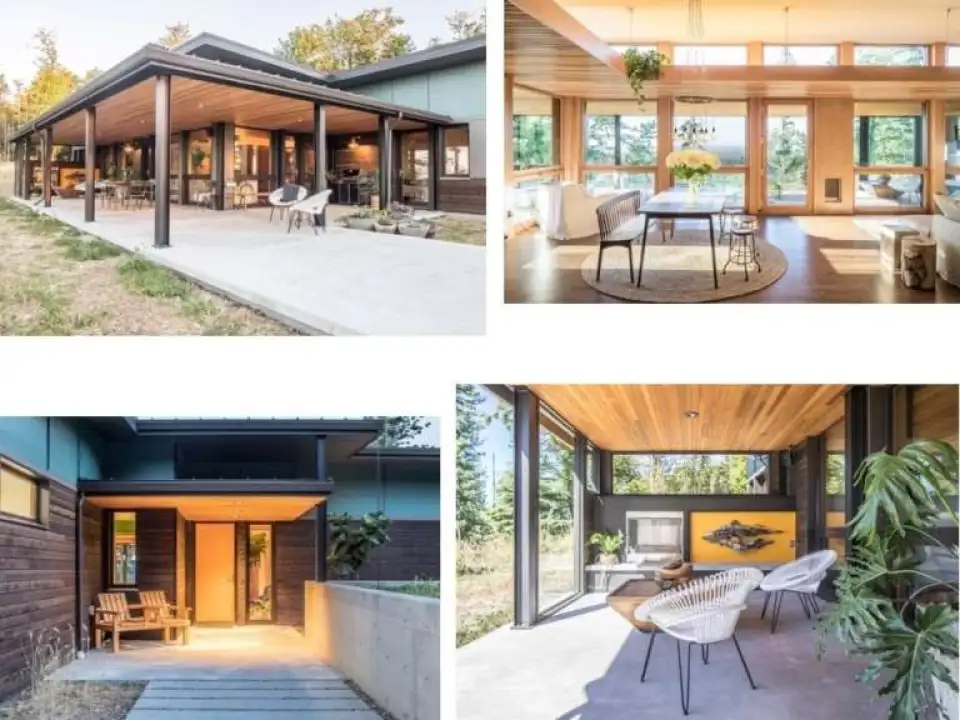
This is just a sampling of the many Passive and almost-Passive Houses that we’ve created in the Pacific Northwest over the ten years that we were a design-build firm. We fluctuated between having fifteen to twenty-five employees, and we were able to evolve and adapt our approach with each experience. The opportunity for refinement and consistency and measured changes to our PH designs, instead of reinventing the wheel every time, meant we could actually build on what we’d learned.
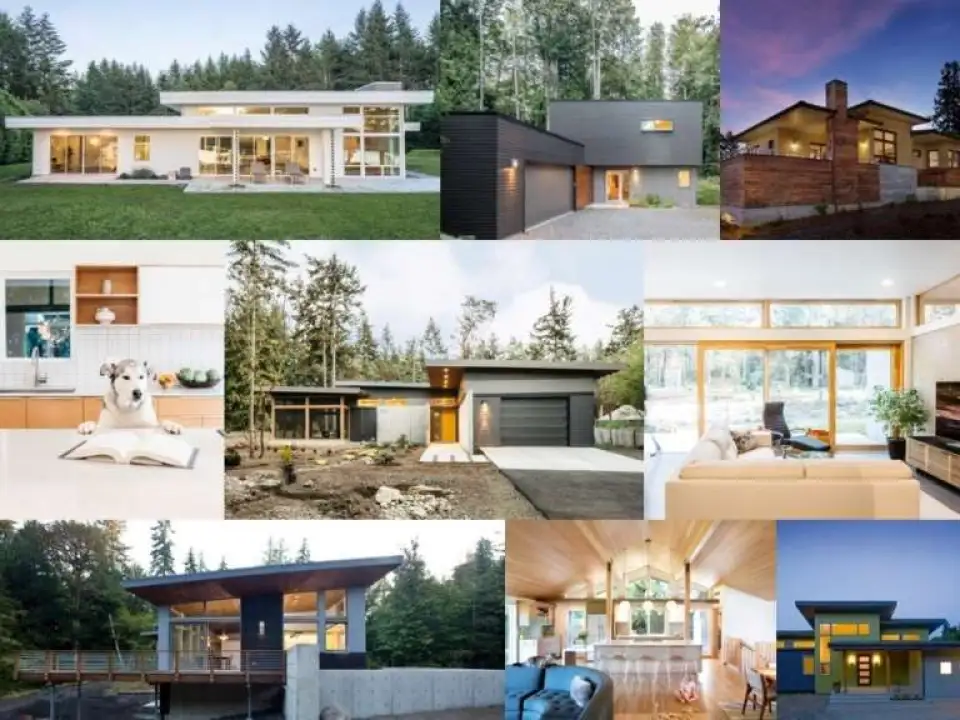
This brings me to the last Passive House that I built as a builder. It’s Madison House, about 1,400 square feet. Because it it located in downtown Olympia, we used it for massive outreach. Wine events, learning events, lots of things were hosted there. It was recently featured in the Sheri Koones book, Downsize: Living Large in a Small House.
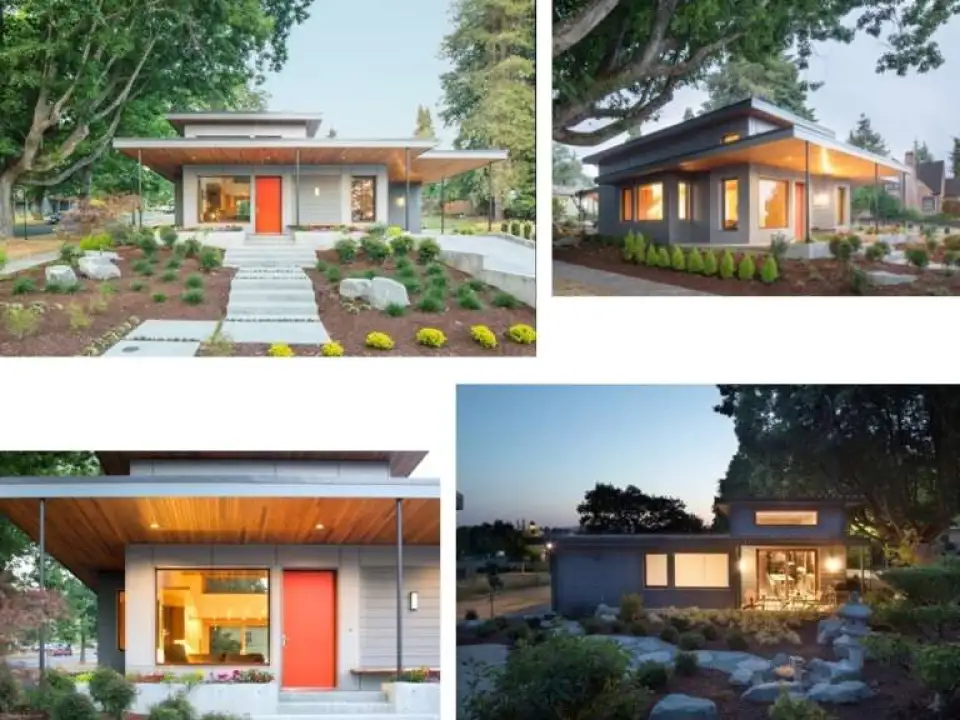
It’s fun. The book isn’t about Passive Houses. It’s just about downsizing. But there are maybe four Passive Houses in the book. Pretty exciting.
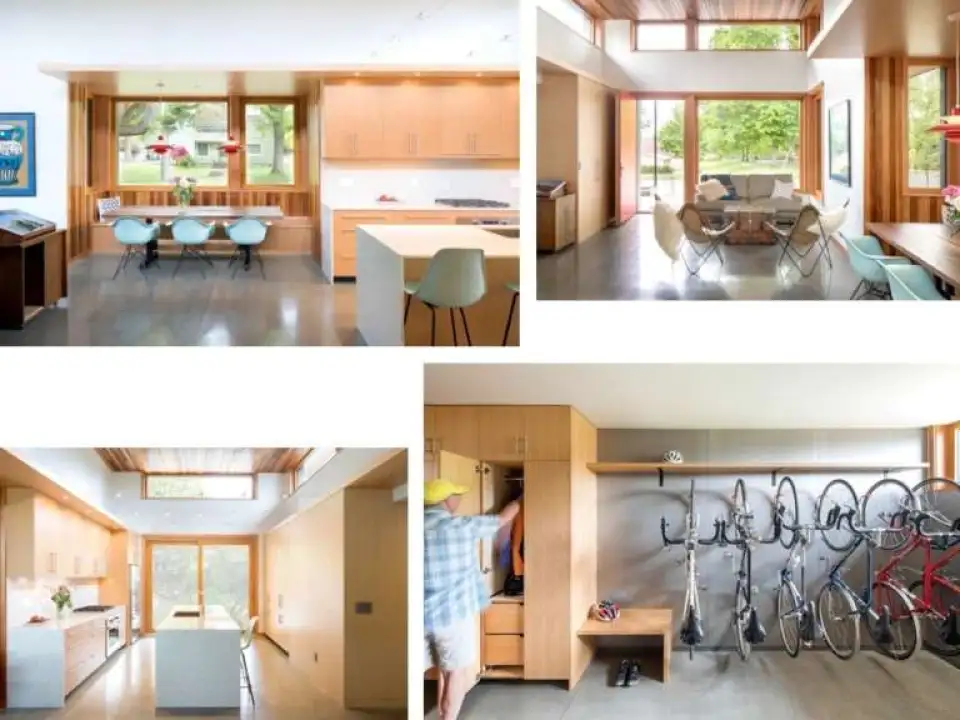
The PH work that we did in our backyard fueled our presence as a national Passive House firm. We now work all over the country, and some of our most exciting multifamily Passive House projects are happening in Austin, Texas, as well as Wisconsin.
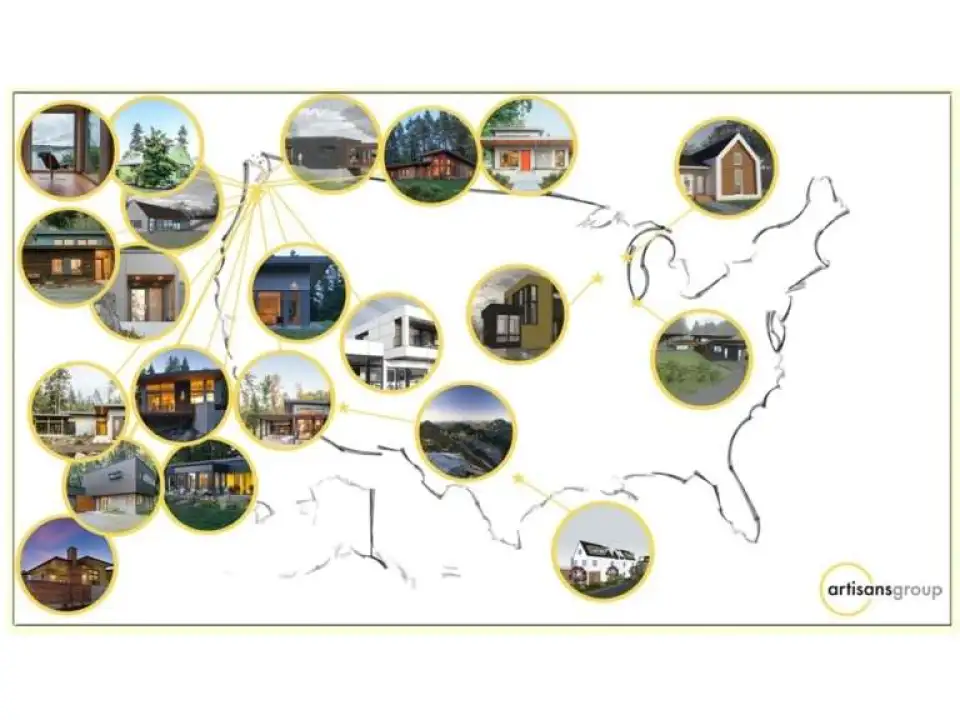
As we gained momentum with our Passive portfolio, we also gained momentum as a hospitality-focused firm. Doing restaurants and bars, it turns out the attitude towards problem-solving and tenacity based around permitting isn’t just applicable to Passive House. It’s very applicable to small businesses trying to carve out their niche in the world.
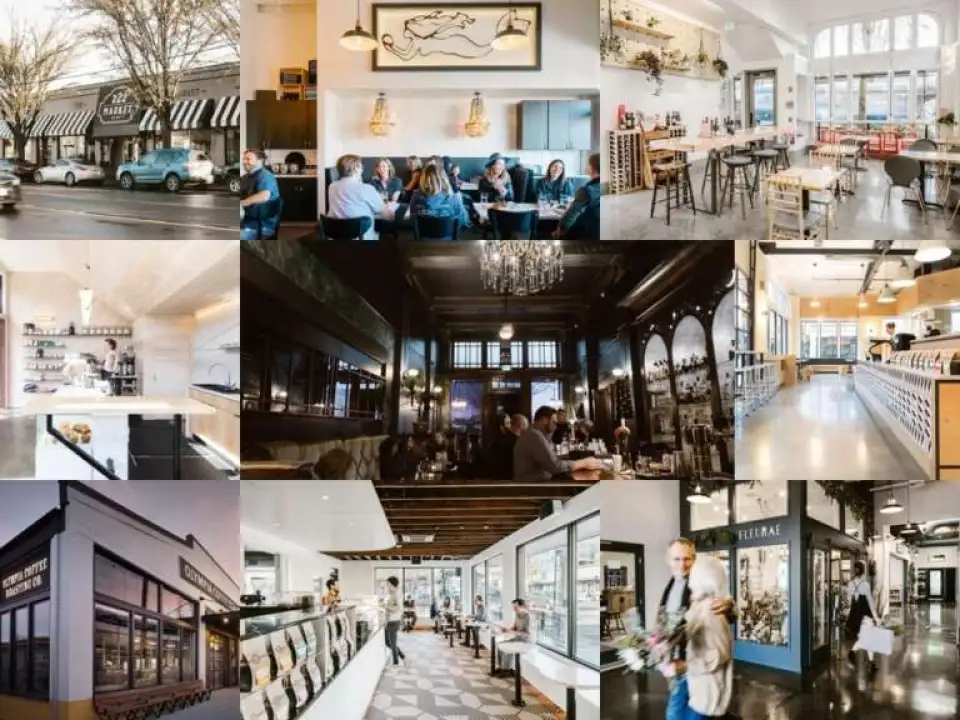
This is Randy, Roussa Cassel and me celebrating our 20th anniversary as a company and Roussa Cassel’s addition as a one-third owner and principal. We gave up the build side of our company because being design-build was starting to limit the growth of both sides. We helped several of our employees launch their own construction firms from the book that we had. We’re now two years into being an architecture- and planning-focused firm.
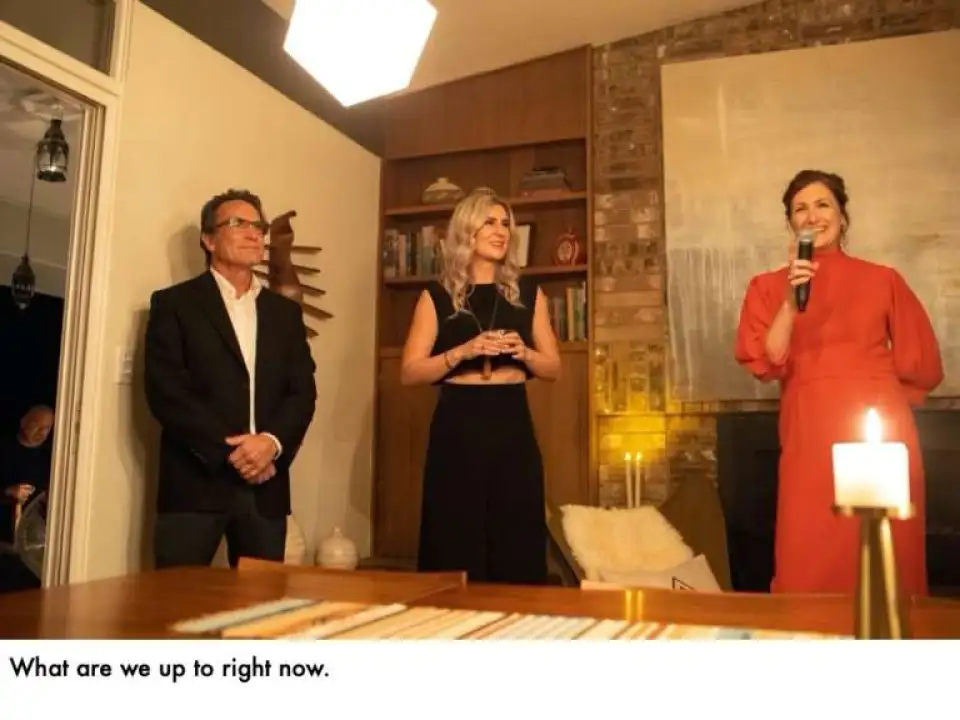
These are three Passive Houses that we recently have broken ground on, two of which are prefabricated. One is in Portland. One is in Bainbridge, near Seattle. The other is in Auburn, also near Seattle. We’re working with a prefabrication company out of Canada, Collective Carpentry.
In the meantime, our hospitality work is going crazy, as well. I would say it’s 60% of our book right now. We’re working on four restaurants, a coffee house, boutique hotels…And you’d be amazed at your subterfuge options for Passive House when you do those projects. Energy conservation isn’t often a goal for this kind of work, but you would be surprised what you can slip in like a spy if you try, especially with the very stringent energy codes the state of Washington is just putting in place
So how do we do larger and more Passive House projects? We’re really focused right now on how to be strategic in 2020. How do we scale into industries that we don’t have a lot of experience in? It’s going to be competitive and, as you know, architecture is really myopic. You can’t really apply for a school project if you’ve never done a school project, for example.
Moving forward, we’re looking at partnerships. Because we are a two-thirds woman-owned business now, we’re able to apply for 10% of all the work Washington state has. They have to give 10% of everything they do to small minority- or women-owned businesses. So we’re partnering with larger firms to get our feet in the door to do that kind of work. It also allows us to spread Passive House, which is exciting.
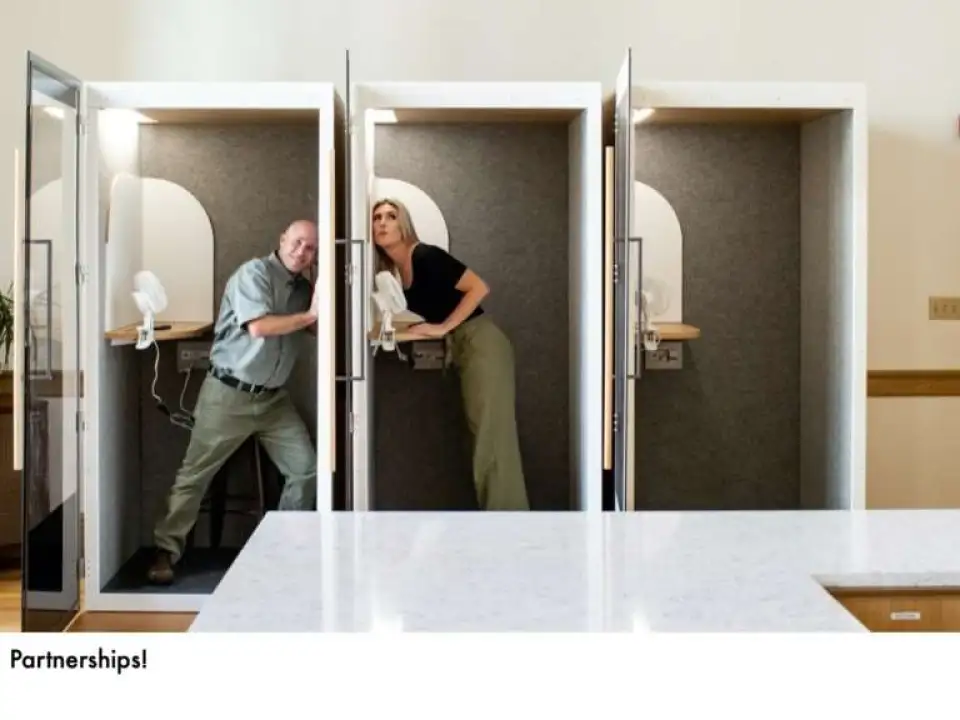
We have leveraged our presence in the residential marketplace to get hired by Lacey, a city next to Olympia, with free ADU designs for citizens, and “lite” PH detailing snuck in optionally. Our firm has been passionate about missing middle housing for quite some time and its finally coming to fruition, with a product!

This is one of our prefab, PH missing middle products. It’s a plan set for an ADU for an urban setting that can be easily purchased on a new leg of our website (launching shortly). We’ve already had some interest from Seattle and Portland. It’s also been a healthy marketing exercise for us to focus on Passive House as a product instead of a service.

We were able to slip in Passive House detailing into all the detailing of those sets, where they just check a box and you can have a Passive ADU in your backyard for free.
Just as Passive House became a potent vehicle of change for the work that we do, shaping everything in our business, the promotion of women in leadership in our firm became a potent vehicle of change for our company, making us more adaptive and effective than ever before. The key to success in your company may be women promoting women, just like it was for mine.